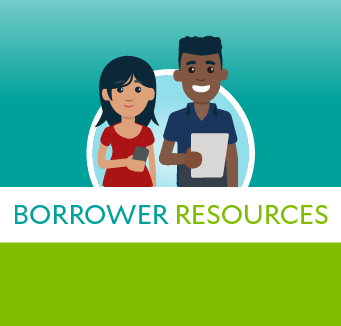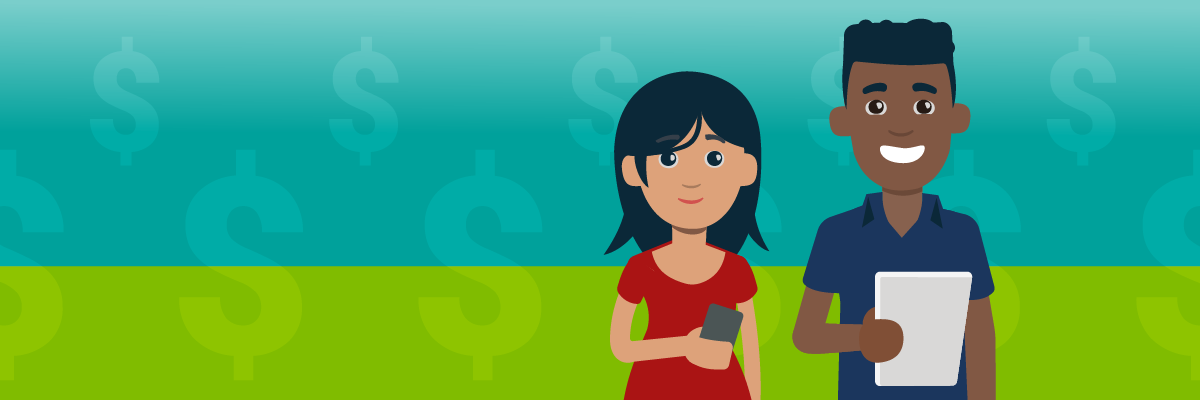





Posted 7/28/2023
Your first monthly student loan payment is due in October 2023. Follow this step-by-step guide to get ready and learn what to do if you can’t afford your payment. Don’t wait! Thirty-million borrowers will enter repayment at the same time. Delaying will make it extremely hard to get help.
Start by taking charge of your loans. Completing these three steps will unlock answers to your most basic student loan questions:
Don’t skip any of these steps! StudentAid.gov and your loan servicer’s website work best in tandem. An account on StudentAid.gov unlocks tools that aren’t available through your loan servicer’s website, but your servicer’s may have more up-to-date loan information.
Once you have access to StudentAid.gov and your loan servicer’s website, answer the following questions:
As of July 2023, the most accurate answers to these questions are likely on your loan servicer’s website. If you cannot get access to your servicer’s website, try calling them. You can also check the dashboard of your StudentAid.gov account.
President Biden and the Department of Education have announced new actions to provide debt relief and support for student loan borrowers. The most immediate impact to borrowers is a new income-driven repayment (IDR) plan called SAVE. IDR plans use your income and family size to determine your monthly payment amount. The new plan has the lowest monthly payments available and includes other benefits that may go into effect July 2024.
The Secretary of Education is also searching for an alternative path to student loan debt relief. We won’t know the results of that process until later this year.
As part of preparing for repayment, plan to stay on top of news regarding student loans. Sign up for informational emails from Federal Student Aid (FSA) by following these instructions.
To make the start of repayment easier, you should take these steps:
Don’t panic. You’re not alone. Millions of student loan borrowers will struggle as repayment begins. The good news is FSA provides many repayment options for borrowers facing financial hardship. Depending on your income, monthly payments can be reduced to zero dollars.
Start by signing up for an account at StudentAid.gov and your loan servicer’s website. This will provide you with the information and tools you need to move forward.
Once your accounts are set up, follow these steps:
The best thing you can do is to take action now! The closer we get to October; the more borrowers will flood support networks making it harder to find help. Be patient and persistent.
FSA continues to warn borrowers about student loan scams. With so many recent efforts to create new programs that provide debt relief, even savvy borrowers might find it hard to tell the difference between a scam and legitimate forgiveness and relief efforts. Here are key things to remember:
You can report scam attempts to the Federal Trade Commission by calling 1-877-382-4357 or visit reportfraud.ftc.gov.